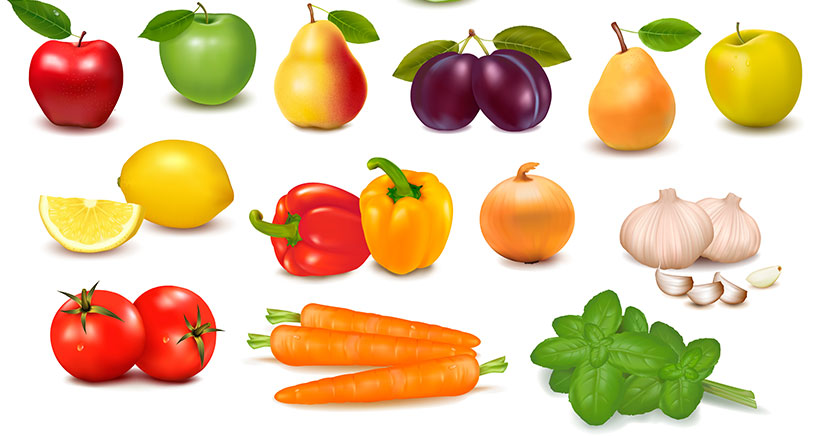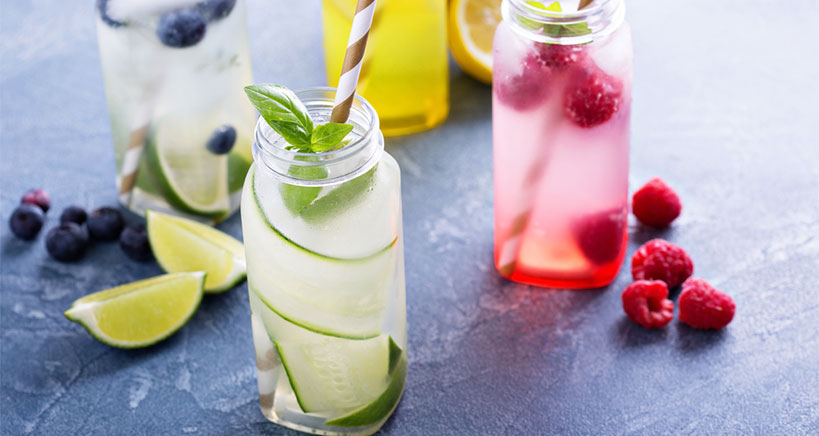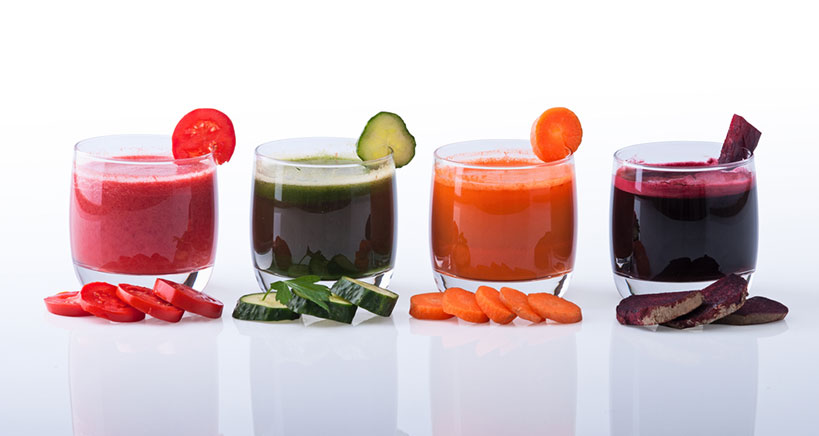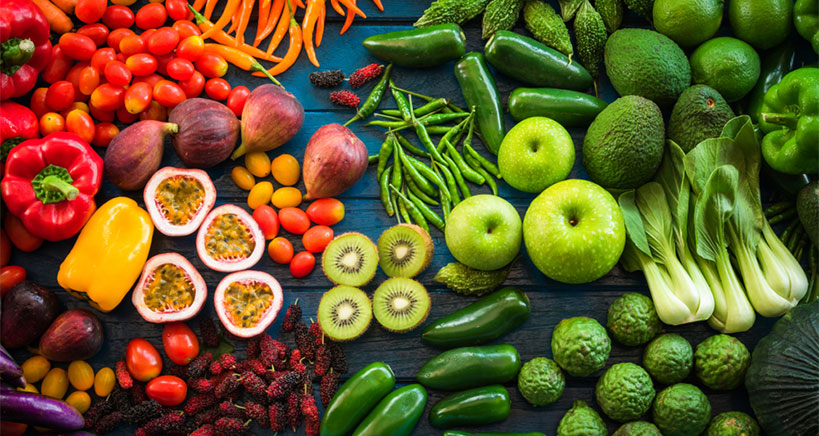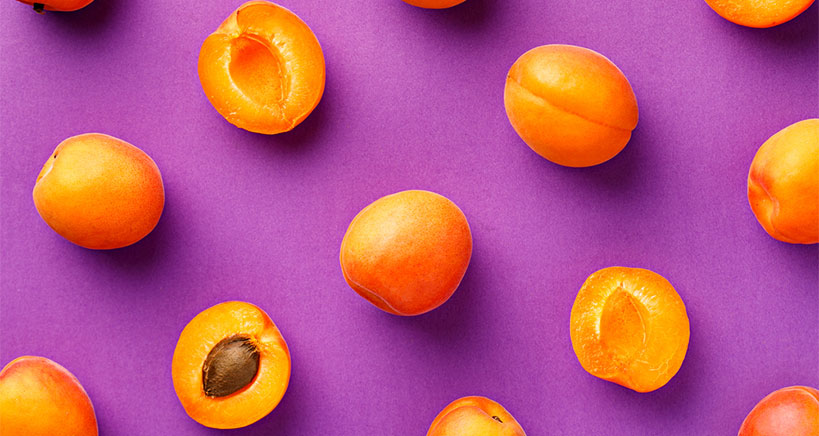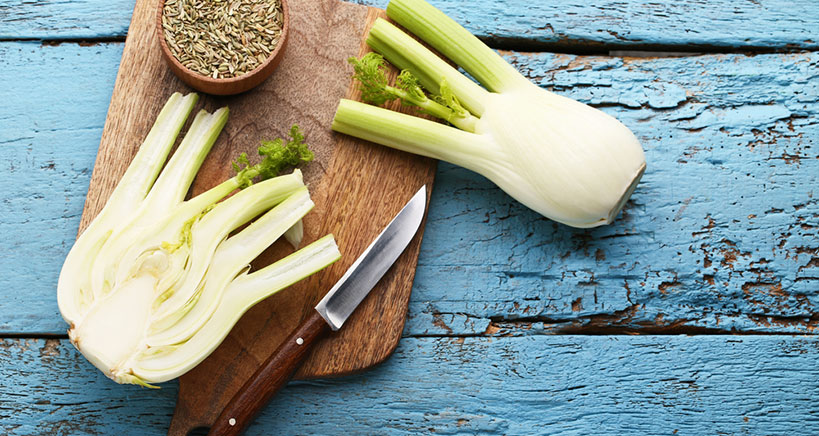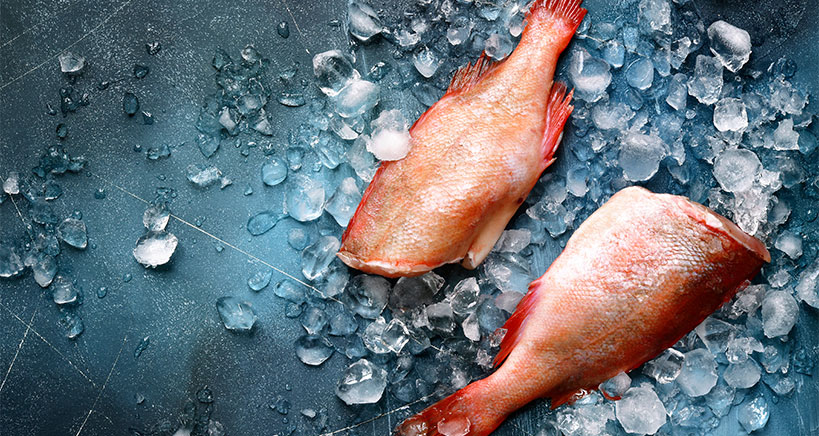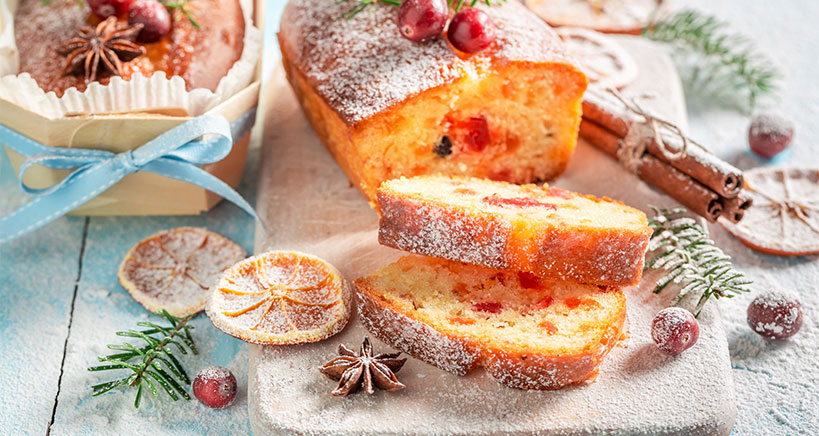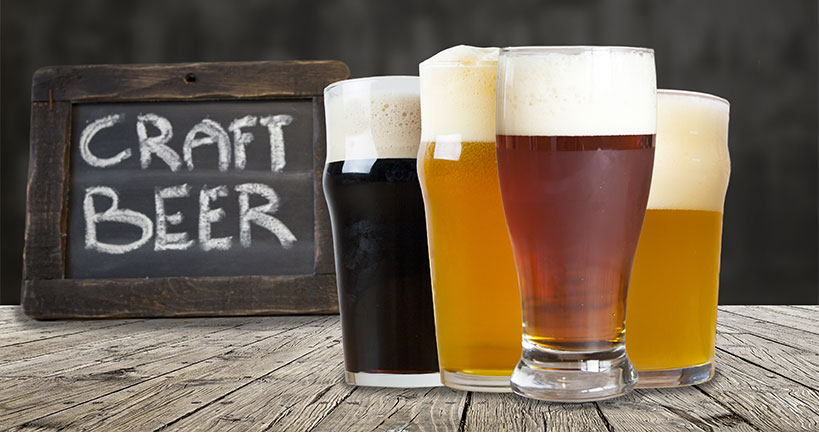
Looking for new ways to up your bar, bistro, brewery, or restaurant’s beer game? Then you’ve come to the right place. With the global beer market projected to grow at a CAGR of 5.5% between 2020-2025, and with the rising popularity of innovatively flavored craft beers, there has never been a more opportune time to increase your alcoholic beverage sales. As every restauranteur knows, the drinks you serve as an accessory to meals offers a higher return on investment (ROI) than your food.
Fortunately, there are myriads of time-proven and new strategies to boost beer sales in your establishment. Moreover, you are going to need updated tactics to attract the ale-loving crowds since competition in the bar and pub industry is off the charts. So, prepare to drink in the following tips and tricks that will help your biz’ stand out from the pack and attract a steady flow of thirsty customers.
Ensure a Variety of Beer Types
With consumer interest in beer going strong, there has been a proliferation of beer types available, as well as a segmentation of selections into categories that include: Lagers, Ales, Standard Beers, Premium Beers, Super Premium Beers, Draught or Draft Beers (aka On Tap), Bottled, and Craft beers. The latter, in particular, represents one of the most sought-after items on the market, and savvy bar and restaurant owners are flocking to craft beer brewers to take advantage of what they have to offer.
